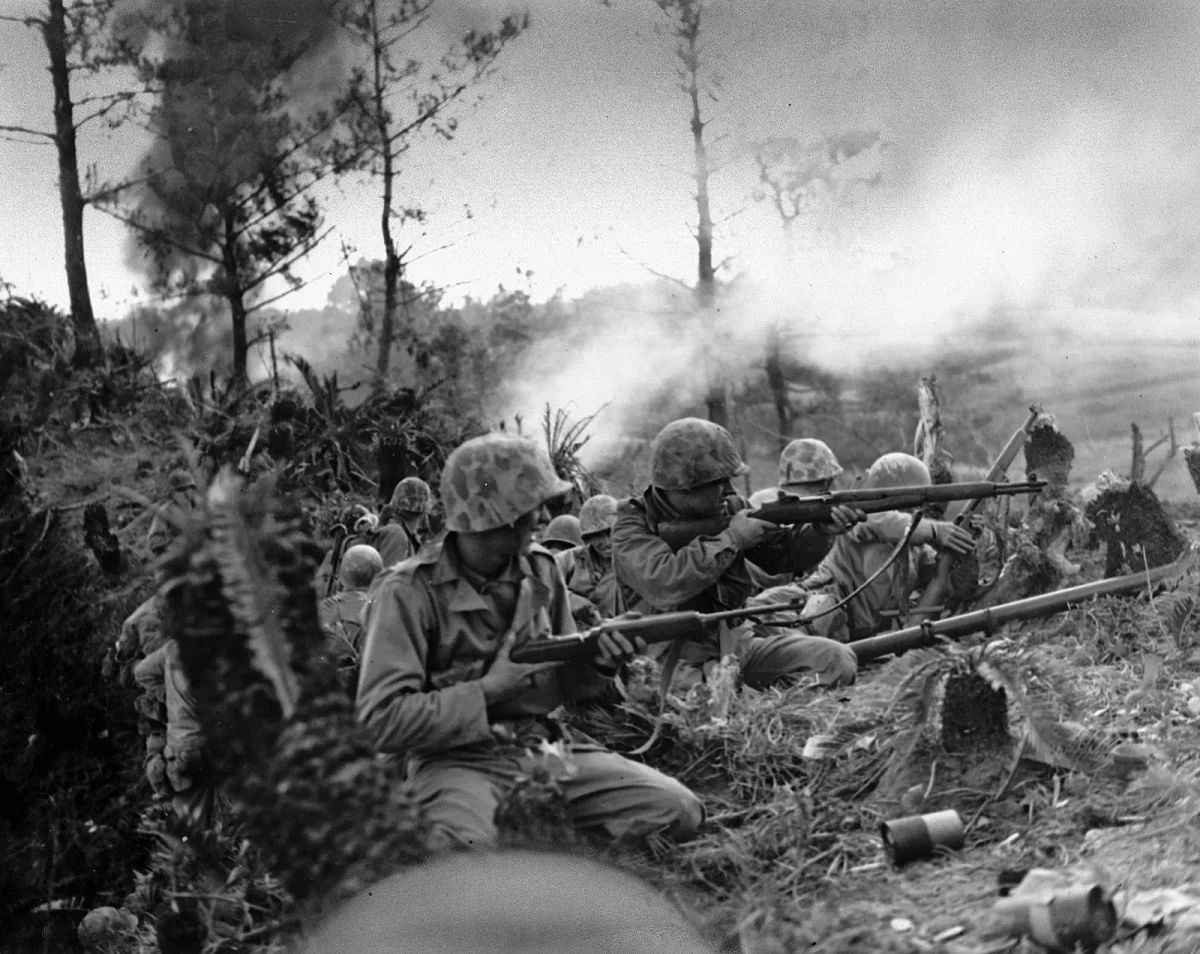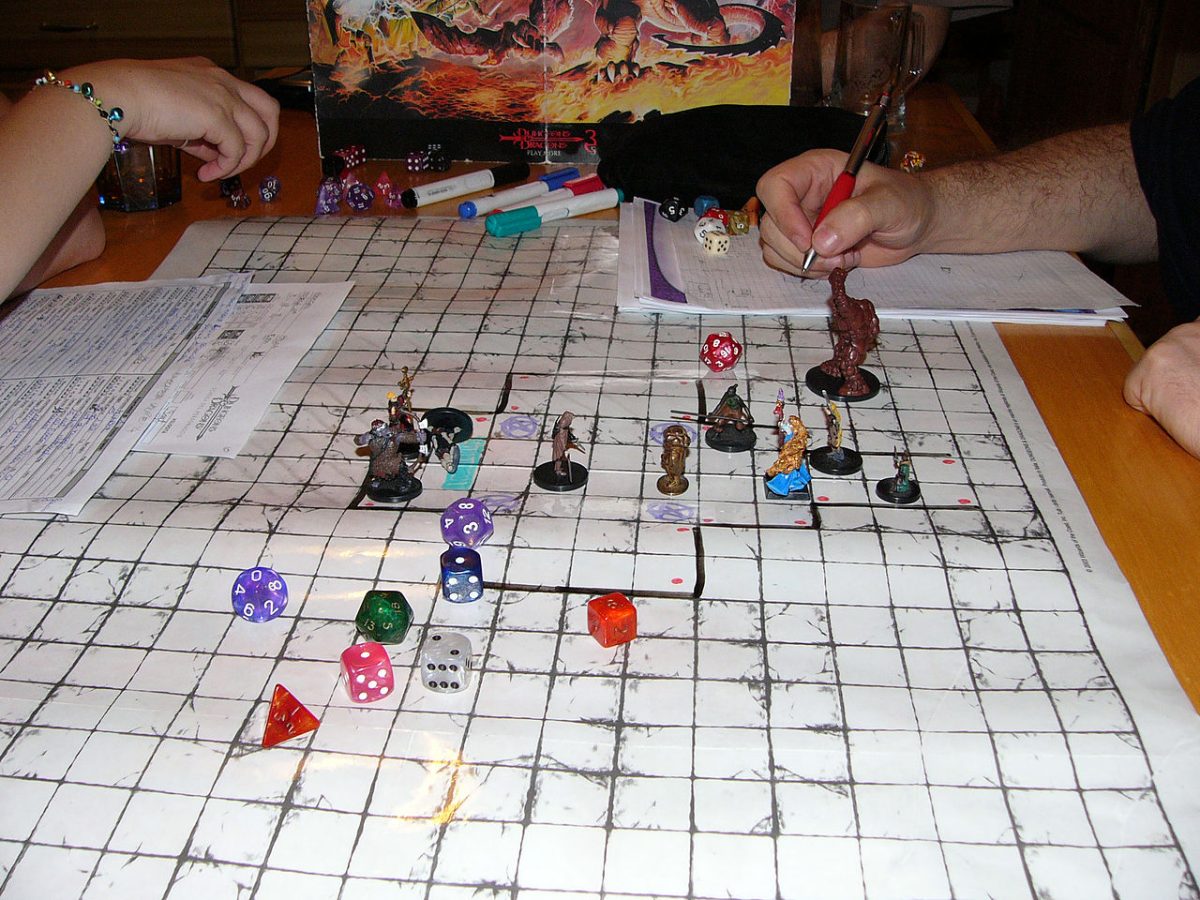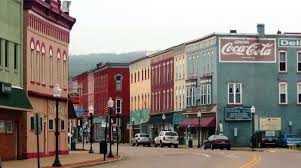Pol Pot V. Innocents
The Cambodian Genocide, orchestrated by the Khmer Rouge regime between 1975 and 1979, stands as one of the most devastating human tragedies of the 20th century. During this dark period, an estimated 1.7 to 2 million people-approximately a quarter of Cambodia’s population- lost their lives due to starvation, forced labor, torture, and execution. Under the leadership of Pol Pot, the Khmer Rouge sought to transform Cambodia into a classless, money-less, agrarian society, eliminating perceived enemies of the state including intellectuals, religious figures, and ethnic minorities. The genocide left profound scars on Cambodia’s social, cultural, and economic fabric, and its effects are still felt today.
Historical Context: Seeds of Destruction
Cambodia, located in Southeast Asia, was a French colony until it gained independence in 1953. Similar to another famous genocide in Rwanda in which Rwandans gained independence from a European colonizer country only nine years after. Under King Norodom Sihanouk, the country maintained relative stability until the early years of the Vietnam War. However, political turmoil and foreign intervention eventually plunged Cambodia into chaos. In 1970 General Lon Nol led a coup against Sihanouk, establishing the Khmer Republic. Lon Nol’s government, backed by the United States, was corrupt and unstable, and it struggled against insurgencies. During this period, the Khmer Rouge, a radical communist movement led by Saloth Sar (better known as Pol Pot), gained strength. The group capitalized on widespread resentment toward Lon Nol’s regime and the devastation caused by United States bombing campaigns in Cambodia’s countryside. Between 1969 and 1973, the United States dropped more than 2.7 million tons of bombs on Cambodia, killing and displacing thousands of civilians. This destruction fueled recruitment for the Khmer Rouge, who promised to end corruption and foreign influence.
The Rise of Khmer Rouge
On April 17, 1975, the Khmer Rouge captured Phnom Penh, marking the beginning of their brutal rule. Pol Pot and his comrades envisioned a radical form of agrarian socialism, seeking to eradicate all vestiges of capitalism, Western influence, and traditional Cambodian society. They declared “Year Zero,” signaling the beginning of a new era in which the old days would be destroyed to make way for a fascist utopia, which they ultimately covered up by calling it “communism” despite having anti-communist views.
One of the regime’s first acts was forced evacuation of cities. Millions of people were marched into the countryside under the false pretext of avoiding a United States bombing campaign. In reality, the Khmer Rouge sought to dismantle urban society and convert city dwellers into agricultural laborers. This is often compared to the Holocaust, in which brutal “death marches” were carried out. Phnom Penh’s entire population- numbering over two million- was expelled within days. Many died from exhaustion, hunger, and disease during these forced marches.
Policies of Death: How The Genocide Unfolded
Once in control of the countryside, the Khmer Rouge implemented radical policies that led to mass death. They abolished money, private property, religion, and traditional family structures. The regime divided the population into two groups: the “old people” (people who were previously peasants, poor, or from poor areas, having nothing to do with age) and the “new people” (urban dwellers, intellectuals, and professionals, once again having nothing to do with age). New people were viewed with suspicion and often subjected to harsher treatment. People were forced to work in labor camps, building irrigation projects or farming rice fields under grueling conditions. Food was scarce, and malnutrition was rampant. Thousands died from starvation, overwork, and disease.
The regime’s obsession with productivity led to impossible quotas, and failure to meet them often resulted in execution. Pol Pot’s paranoia fostered a climate of terror. The Khmer Rouge leadership believed that enemies lurked everywhere and that purges were necessary to protect the revolution. They targeted former government officials, intellectuals, teachers, doctors, monks, and ethnic minorities such as the Cham Muslims, Vietnamese, and ethnic Chinese. Even wearing glasses or speaking a foreign language could mark someone for death. The infamous Tuol Sleng prison, or S-21, became the symbol of the regime’s brutality. Between 1975 and 1979, an estimated 17,000 people were imprisoned there, tortured into confessions of treason, and executed. Only a handful survived. Victims were often sent to the Killing Fields, where they were murdered and buried in mass graves. Choeung Ek is one of the most notorious sites, where thousands were executed in horrific conditions.
Targeted Groups and Ethnic Cleansing
The Khmer Rouge’s policies extended beyond political purges to ethnic cleansing. The Cham Muslim community was especially targeted. Before 1975, there were approximately 250,000 Cham in Cambodia; by 1979, more than half had been killed or died from starvation and disease. The regime banned Islamic practices, destroyed mosques, and forced Cham people to eat pork and abandon their cultural traditions. Vietnamese Cambodians also suffered heavily. Tens of thousands were expelled to Vietnam, and those who remained were frequently executed. Ethnic Chinese, who had been influential in Cambodia’s economy, faced persecution, property confiscation, and mass killings. The Khmer Rouge sought to create an ethnically homogeneous society aligned with their vision of pure Khmer identity.
Resistance and The Fall of The Khmer Rouge
While many Cambodians were too terrified to resist, some did fight back. Rebellions broke out in different regions, though they were often brutally suppressed. The Vietnamese government, alarmed by Khmer Rouge attacks along its border and the genocide of Vietnamese Cambodians, launched a full scale invasion of Cambodia in December 1978. By January 7, 1979, Vietnamese forces captured Phnom Penh, overthrowing the Khmer Rouge regime and establishing the People’s Republic of Kampuchea (PRK). The Khmer Rouge fled to remote areas near the Thai border, where they continued guerrilla warfare for years.
Aftermath and The Long Awaited Struggle For Justice
The fall of the Khmer Rouge did not bring immediate relief for Cambodia. The country was devastated– its infrastructure destroyed, its educated class decimated, and its population traumatized. Famine and disease persisted, and the PRK government, although backed by Vietnam, struggled to gain international recognition. Many Western countries, including the United States, continued to recognize the Khmer Rouge as Cambodia’s legitimate government in the United Nations until the early 1990s, complicating efforts to rebuild the nation. The search for justice was slow.
In 1977, the Cambodian government requested UN assistance in prosecuting Khmer Rouge leaders. This led to the establishment of the Extraordinary Chambers in the Courts of Cambodia (ECCC) in 2006. The ECCC was tasked with trying senior leaders and the most responsible for the atrocities. In 2010, Kaing Guek Eav, the head of S-21 prison, was convicted of war crimes and crimes against humanity. Nuon Chea, Pol Pot’s second in command, and Khieu Samphan, the regime’s head of state, were also convicted and sentenced to life imprisonment (ECCC, 2018). Pol Pot himself never faced trial. After international power struggles, he was placed under house arrest by fellow Khmer members in 1997 and died in 1998.
The Legacy of The Genocide
The Cambodian genocide left deep scars on the country’s society. Entire families were wiped out, and traditional knowledge and culture were lost. Survivors suffered from psychological trauma, with many experiencing post-traumatic stress disorder (PTSD). The destruction of Cambodia’s intellectual and professional classes severely hampered the nation’s development in the decades that followed. Efforts at national reconciliation have been complicated. Some former Khmer Rouge members were reintegrated into society through government amnesties, while others escaped accountability. Despite the ECCC’s work, many Cambodians remain dissatisfied with the slow pace of justice. Educational programs and memorials, such as the Tuol Sleng Genocide Museum and the Killing Fields memorial at Choeung Ek, serve as reminders of the atrocities. These sites help educate people, and the world, who were not there for the genocide, were too young to be there, or are misinformed about the dangers of totalitarianism and genocide.
What Can We Learn?
The Cambodian genocide is a stark reminder of the consequences of extremist ideologies and unchecked power, going both ways. Under Pol Pot, the Khmer Rouge implemented a vision of radical socialism that dehumanized millions and led to one of the worst genocides in modern history. While efforts have been made to deliver justice and promote healing, the legacy of this tragedy continues to affect Cambodia today. The lessons of the Cambodian genocide emphasize the importance of vigilance against ideologies that promote hatred and exclusion. They also highlight the need for international intervention in the face of mass atrocities, as well as the necessity of preserving historical memory to prevent future genocides.








